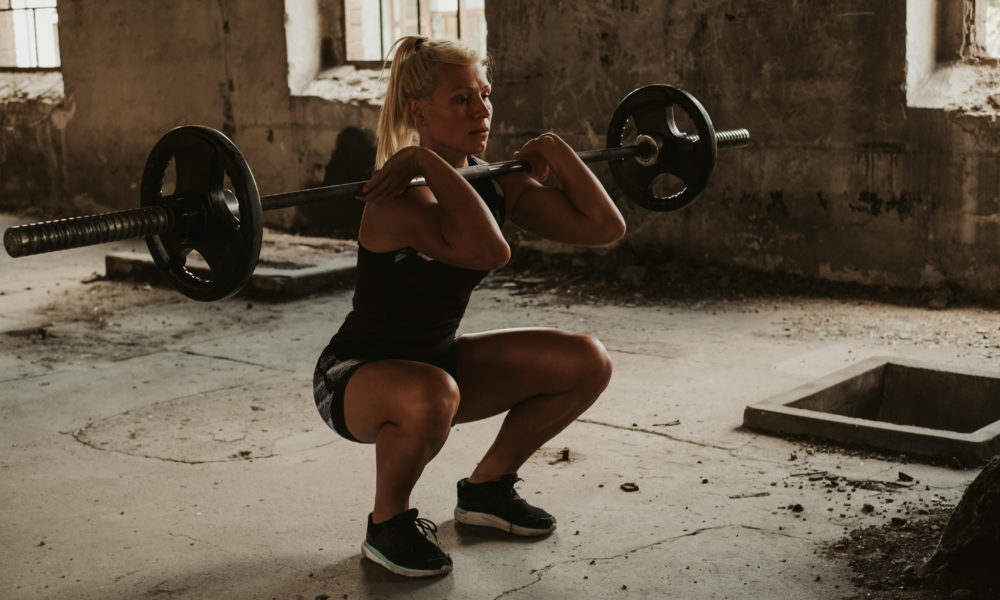

Round, well-carved glutes assume an enormous role in aesthetics — yet have you at any point wondered why glutes are significant for your wellbeing in general? To begin with, you should know what we are discussing here. The gluteal complex serves as the powerhouse of your body. It also turns out to be the biggest and most grounded muscle in the body. An athlete or not, all people need solid glutes since your glutes accomplish such a great deal for you every day.
The Benefits of Working Glutes Out:
Your glutes are significant and the following are some reasons to prove why glutes strength ought to be at the front line of your fitness regime.
Preventing Injuries:
Since you are surrounded by heavy weights and other equipment at the gym, you are subjected to attaining injuries and while working out, your priority is to avoid injuries at all costs. Having strong and functional glutes play a key role in creating proper alignment and stability to avoid injury to your lower back, knees, hips, and ankles. Having weak glutes can result in dysfunctional patterns of exercise which in return lead to injuries in your lower back, ankles, or feet.
Strength Building:
Having strong glutes is important for basic moving patterns in sports. Movements in running, swimming, jumping, locomotion, quick changes in direction, etc. have a common need for power and stability in the hips and glutes! Athletes who have strengthened glutes are capable of performing better.
Posture:
As stated earlier, strong and functional glutes gain stability and result in better alignment of your lower body. Having an aligned lower body will naturally result in good posture by keeping your upper back, neck, and shoulders aligned.
What Is Quad Dominance?
If you work out regularly, you might have come across the term “Quad Dominant” but are you truly acquainted with the term? If not, you are in the right place. Let’s find out what it is.
Quad dominance refers to the imbalance between our hamstrings and quad muscles. Being quad-dominant means that most of the tasks that we perform are carried out using our quad muscles— even the tasks that should not be carried out using the quad muscles— with very little to no effort put in by our hamstrings.
In scientific terms, quad dominance is the result of quads and hip flexors (anterior muscles) overpowering the glutes and hamstrings (posterior muscles). This occurs when you have weak hamstrings and glutes.
To find out whether you are quad dominant or not, you need to follow the following easy steps.
- Squat down with your eyes closed
- Once you are in your best position, open your eyes
- If you can see your big toes, this means you are NOT quad-dominant and that your glutes are functioning, pulling your quads and knees to the perfect squat position
- If you cannot see your big toes, it means you ARE quad-dominant and your quads are carrying out a task that your glutes should be performing.
Fixing Quad Dominance:
If you are quad dominant, don’t worry we have you covered. Following are simple exercises that can help you overcome quad dominance by activating your glutes.
Glutes bridges/ Butt bridges: This exercise strengthens your glutes by relaxing or inhibiting your hip flexors. To perform this exercise:
-
- Lie down flat on your back with your face towards the ceiling and arms rested to your sides.
- Bend your knees such that your feet are flat on the ground.
- Now lift your hips towards the ceiling such that your shoulders, hips, and knees form a straight line.
- Engage your core and glutes. You are not doing it right if you do not feel the tension in your glutes.
- Hold the bridge position for a couple of seconds before returning to the initial position.
- Reps: 2 sets, 10 reps
Donkey Kicks: This exercise improves unilateral hip extensions and core stability. To perform this exercise:
-
- Get on the floor with your hands and knees such that your back faces the ceiling and your face towards the ground. Your hands should be under your shoulders and your knees below your hips.
- Lift your right leg behind you towards the ceiling keeping the knee bent at a 90-degree angle.
- Lift your leg up to the extent right before your lower back arches or your hip tilts or rotates. If any of these happens, you’ve lifted your leg too high.
- Tighten your core and engage your glutes by squeezing them tight when you lift your leg up.
- Lower your leg to the initial position.
- Once you have completed 1 set of reps for your right leg, repeat the same set of instructions for your left leg.
- Reps: 3 sets, 15 reps
Fire Hydrant: This exercise targets your glutes. To perform this exercise:
-
- Get on the floor with your hands and knees such that your back faces the ceiling and your face towards the ground. Your hands should be under your shoulders and your knees below your hips.
- Lift your right leg away from your body at a 45 degrees angle, keeping the knee bent at a 90-degree angle.
- Tighten your core and engage your glutes by squeezing them tight when you lift your leg up.
- Lower your leg to the initial position.
- Once you have completed 1 set of reps for your right leg, repeat the same set of instructions for your left leg.
- Reps: 3 sets, 15 reps
Performing the Correct Squat:
Squats are very beneficial for building and strengthening your glutes since they are a full-body fitness staple but only when they are being performed correctly. You can perform squats using your body weight as well as various gym weight loads. To get started you should perform squats using your bodyweight only and once you have mastered the position, you can shift to weight loads.
To perform a simple squat, follow these steps:
- Stand upright with feet wider than shoulder-width apart
- Your legs should be aligned such that your knees are right under your hips and your ankles right under your knees
- Relax your shoulders, core tightened and maintain a neutral spine
- Extend your arms out in front of you with palms facing downwards
- Now lower down your hips as if you were sitting on a chair
- To get back to the initial position, straighten your legs. This is one squat
How Low Should I Squat?
Now you do know how to perform a basic squat but do you know when to stop lowering your hips or how low should you squat? To get your quadriceps going, squatting to a 90 degrees angle— parallel to the floor— is enough but to achieve a better squatting position it is ideal to squat down until your hips are lower than your knees.
Performing Squats With Weights:
Once you have perfected the basic squat, you can shift to using weights while squatting. Keep in mind that the basic mechanism of squatting down remains the same, only the position of hands shifts. Following are some weighted variations of squats:
- Front Squat: This variation can be performed using dumbbells. Hold one dumbbell in each hand and rest them lightly on each shoulder. Now complete the squat with your elbows pointed outwards and triceps facing the floor.
- Goblet Squats: This variation can be performed using a kettlebell. Hold the kettlebell to your sternum using both. As you reach down to perform a squat, carefully drop down your elbows between your knees (the insides of your knees).
- Back Squats: This variation can be performed using a barbell. Place the barbell on the traps with palms facing forwards and elbows pointed towards the floor in a W shape and complete the squat.
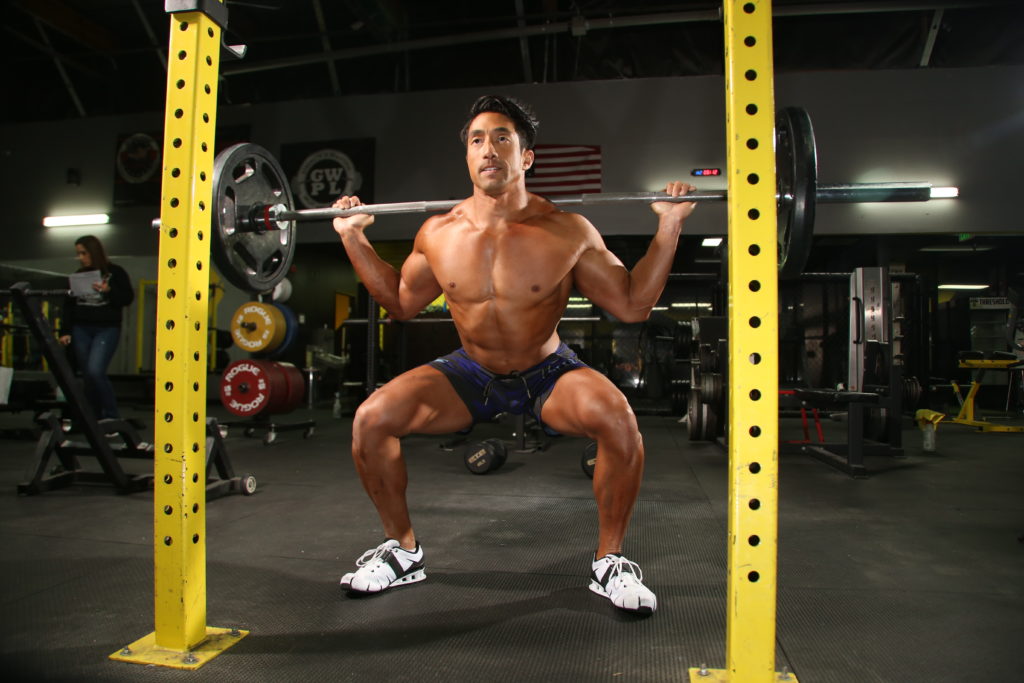
Build Your Glutes On Machines:
If building glutes is a priority for you, the following five machines will help you in achieving your goal:
Cable Machine: It is basically a pulley system. To target your glutes:
-
- Secure your leg to the cable using an ankle cuff.
- Bend slightly so your torso is parallel to the floor.
- Now lift your cuffed leg while squeezing your glutes.
- Repeat for the other leg.
Stair Stepper: As the name suggests, this machine is similar to a staircase but the trick lies in how you balance your feet on the machine. Following are some tips you need to keep in mind:
-
- Your entire heel should be pressed down on the steps to reduce stress on your knees and to activate your glutes.
- Your grip around the handles should not be tight instead you only need to rest your fingertips on the handles for balance.
- Lean slightly forward, take moderate but full steps, and avoid stepping quickly.
Leg press Machine: To use this machine:
-
- Get seated and place your feet flat, hip-width apart, on the platform above you.
- Now release the weight of the platform and hold the weight up with your feet.
- Keep your core tight; push the platform up with your feet until your legs are straight
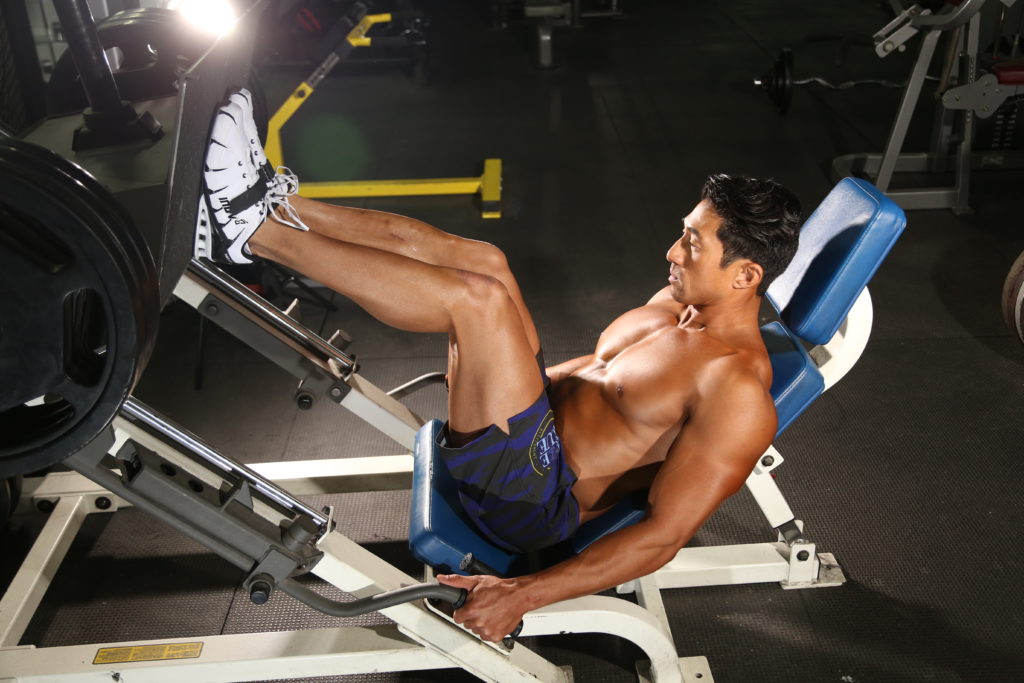
Hip Abduction Machine: To perform exercise on this machine:
-
-
- Set the machine with resistance and sit on the chair with your back flat against the chair.
- Align your knees with your feet and position your legs with complete contact against the pads.
- Now push the weight outwards and away from your body using your legs and bring them back to the initial position.
-
Elliptical Machine: To perform exercise on this machine:
-
- Position yourself on the machine as you would on a treadmill i.e. standing with feet pointing forward and hands grabbing onto the handrails.
- Once you start walking on the machine, keep your core engaged, back straight, and do not slouch.
- Keep your knees slightly bent while taking steps so you can exert your quads and glutes.
How Often Should My Glutes Be Worked Out?
Initially, working your glutes out once a week for an entire day is enough but as you advance in your fitness regime, the frequency should be increased as per the trainer’s advice.






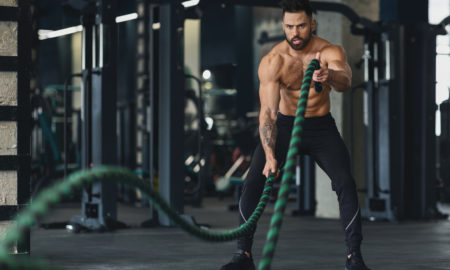
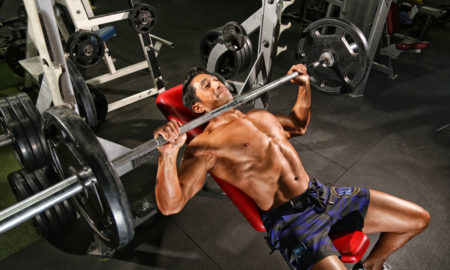









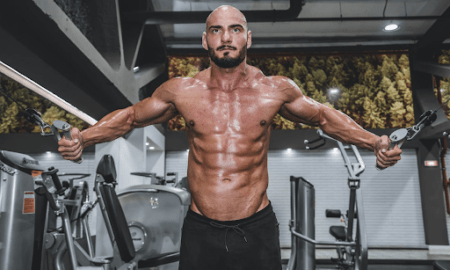

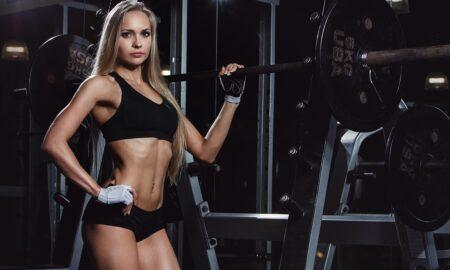
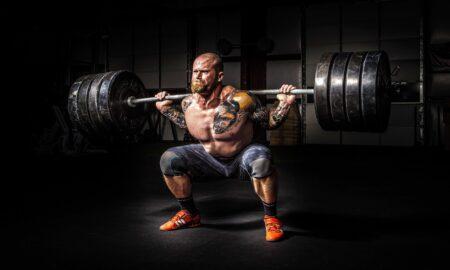
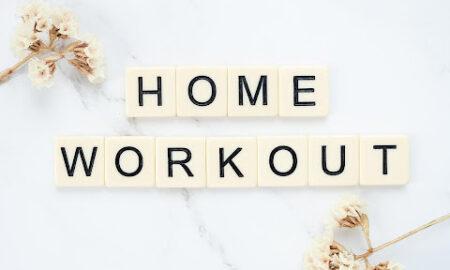
You must be logged in to post a comment Login